Trello roadmap alternative – Feature Upvote
Feature Upvote is a purpose-built feedback prioritisation tool.
You can use it to organise internal feedback from your team or feature requests from customers, creating a public roadmap.
Trello can be used to keep track of almost anything. But it struggles when you use it to organise and qualify feedback.
This is why:
- Trello isn’t purpose built
- Trello is hard to use for contributors without an account
- Trello doesn’t work well as a prioritisation tool
- Trello is better at helping your execute decisions rather than make them
Feature Upvote is purpose built; Trello is not
With Feature Upvote you can quickly and easily consolidate feedback in one online board with voting functionality.
The best ideas rise to the top of the board. You have valuable evidence with which to build your product roadmap.
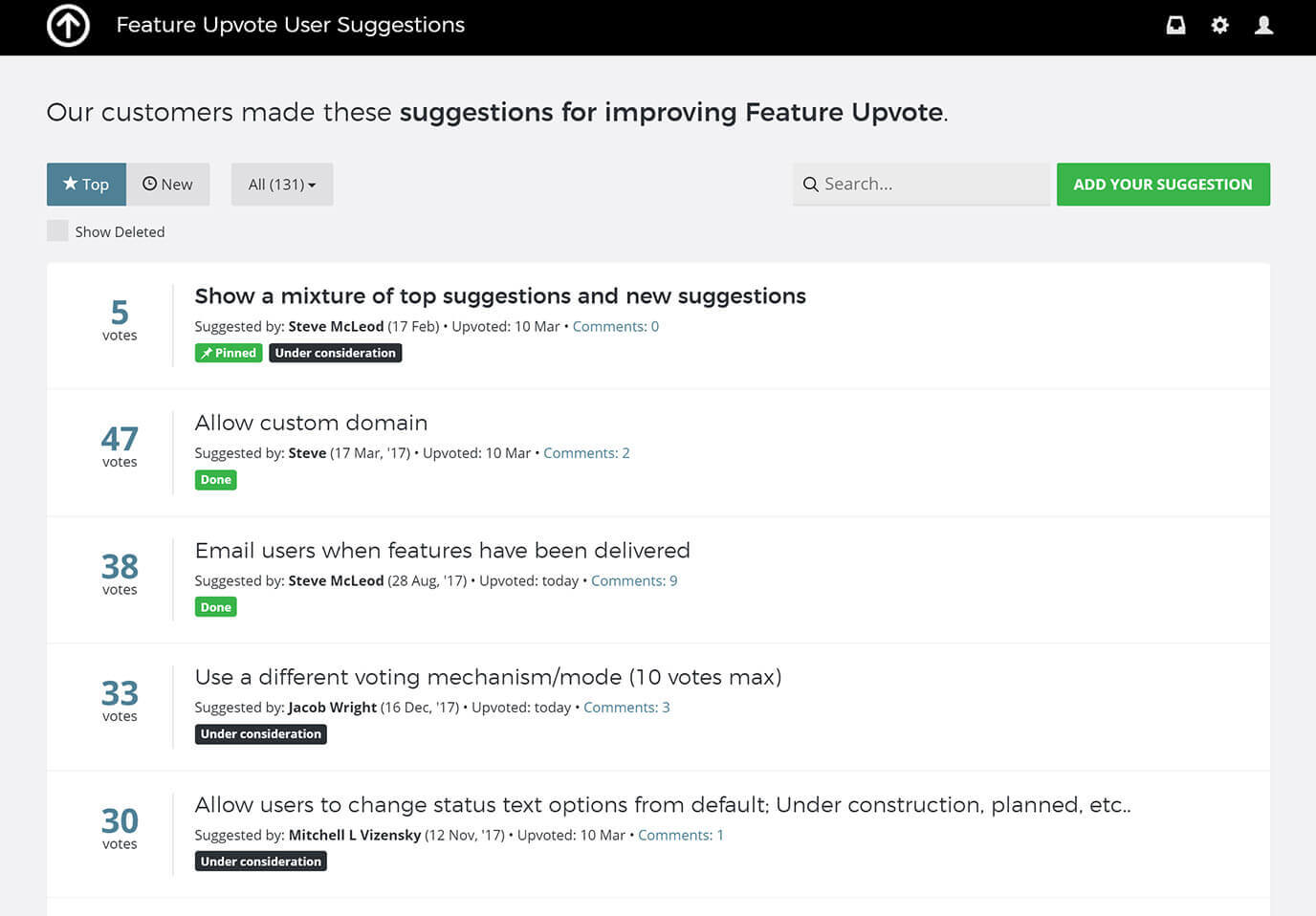
Feature Upvote is simple to use; Trello is not
In this example (fig. 2), the public Trello board looks lots of fun but isn’t easy for new contributors to use.
This is why they have a ‘read me’ card. Plus contributors need a Trello account. If they don’t have one, this is a real pain point.
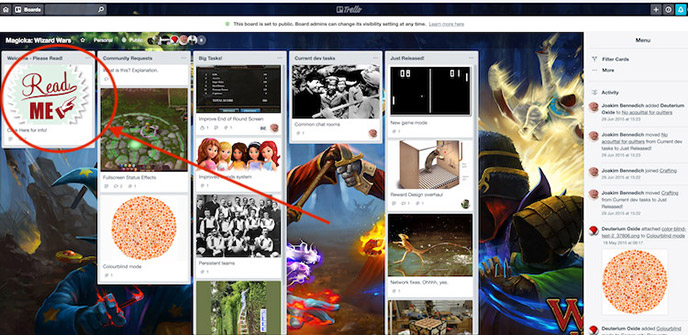
With Feature Upvote, contributors don’t need an account. Plus they can quickly see what they need to do.
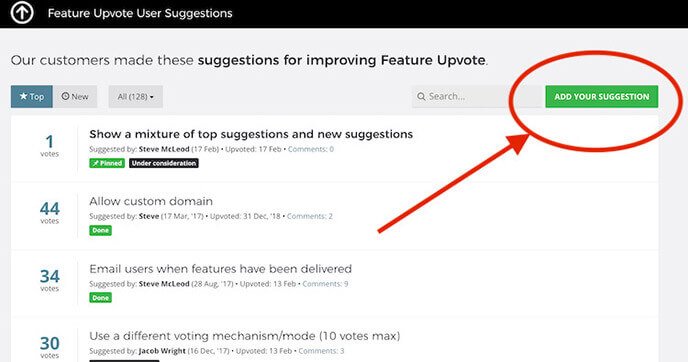
The feedback form is simple to use but invites detail if the contributor wants to add a screenshot or image for example.
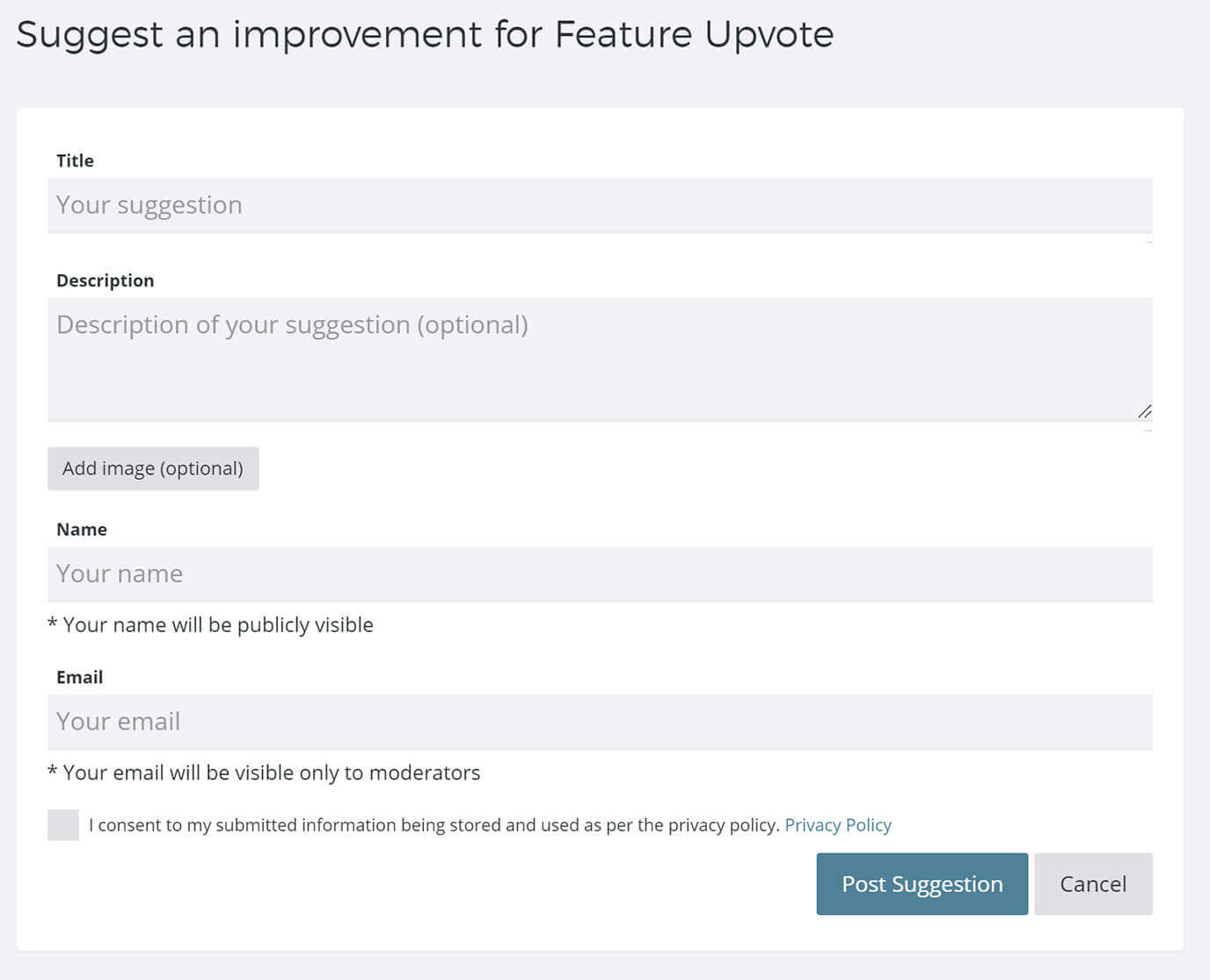
We then use a number of ‘under the hood’ measures to tackle any attempts at voting manipulation.
So our boards are secure but accessible.
We also give our customers the option of password-protecting their boards and using Single Sign-on (SSO).
Feature Upvote quickly prioritises feedback; Trello doesn’t
When you start using Trello to consolidate and vote on feedback, and build a product roadmap, your board will look very busy very quickly.
In this example (fig. 5), you can see that the in-built voting system of Feature Upvote means feedback for SEO tool Sitebulb is arranged by votes.
The ideas with most traction are at the top.
Tags are used to show which ideas are done, planned and so on.
The board is clear and easy to read.
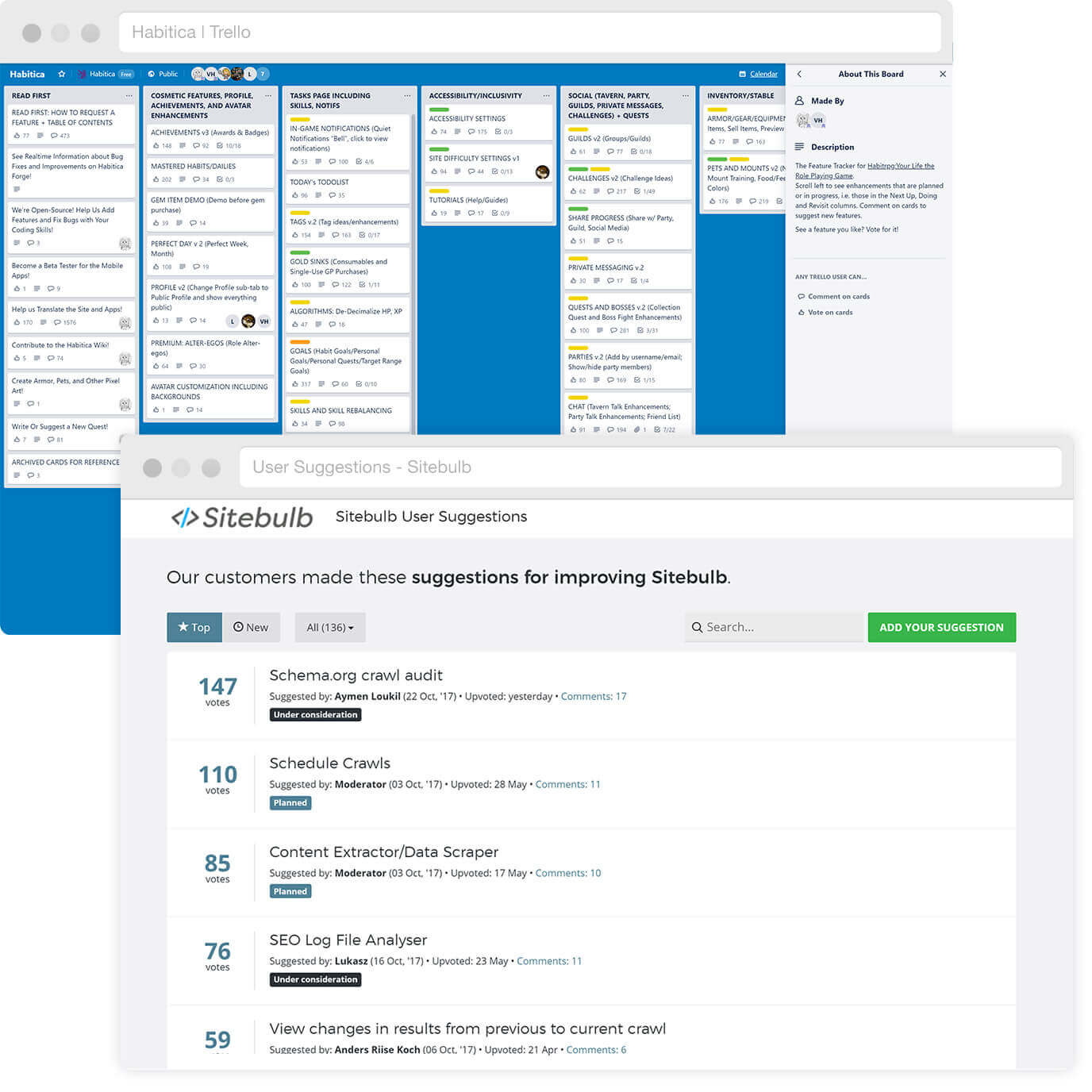
In contrast, the Trello board is complicated to interpret and requires considerable time and effort to curate.
Feature Upvote helps you make decisions; Trello helps you execute them
Feature Upvote is designed to make it easy for you to consolidate feedback in one place, where it can then be qualified by voting.
You can quickly see what is important to your customers and team. This helps you decide what to build. You can then tell your contributors.
Fig. 6 shows how Feature Upvote customers can use our own feedback board to see what we’re working on at the moment using the ‘planned’ filter.
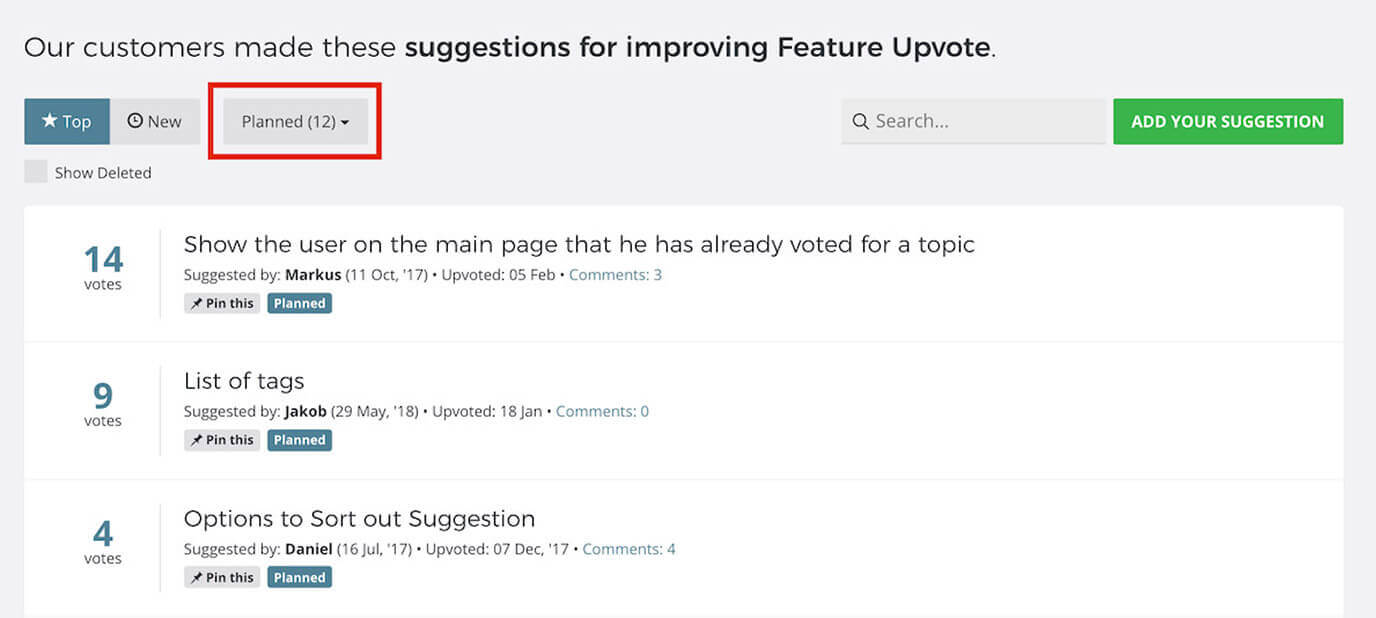
Trello, in contrast, is excellent at helping you complete already agreed upon tasks that don’t require prioritising. It is also a useful way to store information valuable to all your team. Trello has a rich ecosystem of power-ups that add additional functionality, such as reporting.
Here at Feature Upvote we use Trello boards for our content strategy, for our audience research and for our style guide.
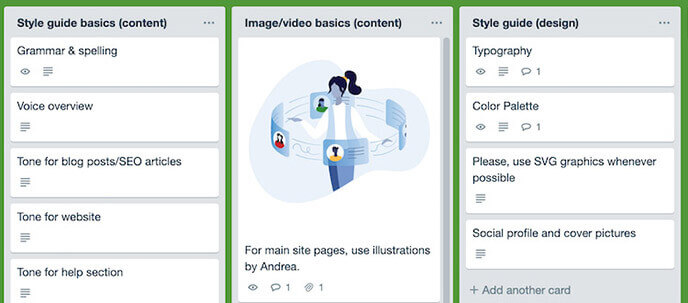
So Trello and Feature Upvote can be used side by side, to do different tasks, by the same company. Like we do.
Ready to give Feature Upvote a try?
Getting started with Feature Upvote requires no downloads, sales calls or training. Simply sign up for our free trial and your customers (or your team) will be able to suggest and upvote improvements they’d like to see in your product within minutes.
30 day trial, no credit card required
